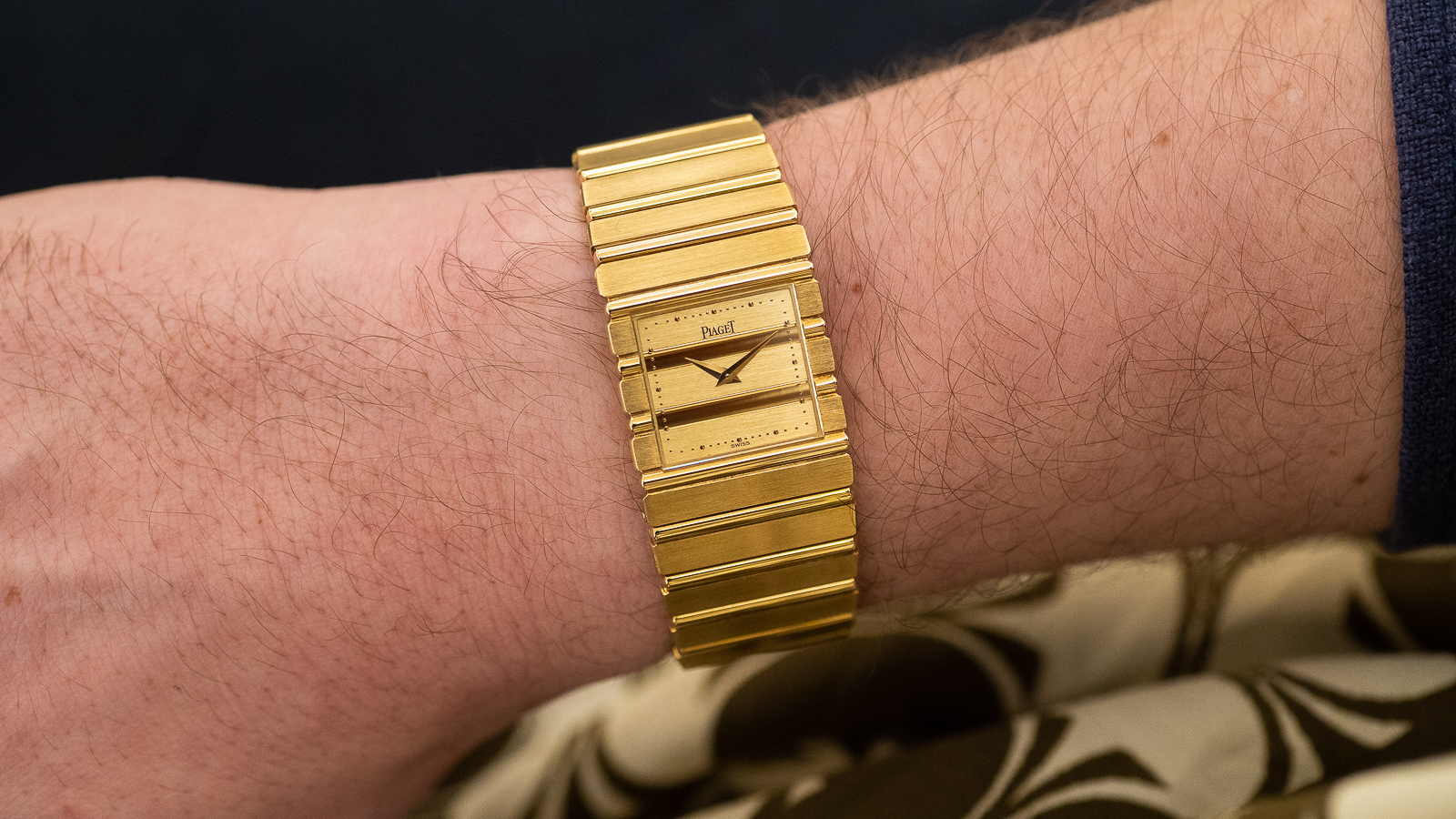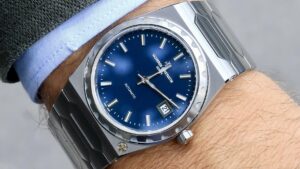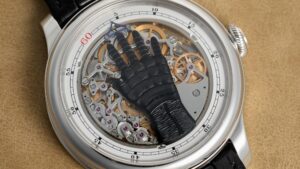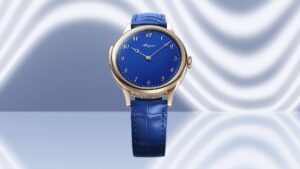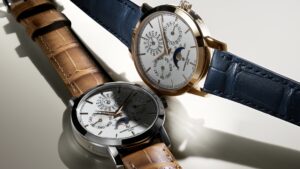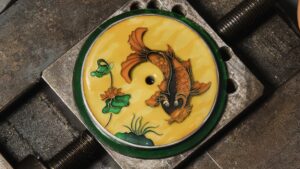In 2022, there is probably no more desirable style of wristwatch than the integrated bracelet sports watch, loved around the world for its everyday convenience, robustness and sporty style. However, while a few integrated sports watch references have enjoyed half a decade or so in the spotlight, there is one truly original integrated sports watch that remains a sleeper in the history of watch collecting: the Piaget Polo.

Today, the Piaget Polo can be summed up in the phrase, “if you know, you know,” as a watch appreciated by the considered collector or simply those who enjoy quality watchmaking with creative flair. It occupies a space beyond the ubiquitous “hype watches” plastered across Instagram, meaning if you spot one out in the wild, you’ll know its owner doesn’t just like watches – they love them.
The Birth Of A Sporty Icon
Originally designed by Yves G. Piaget in 1979, the Polo was a sophisticated and chic expression of the freshly minted sports watch category that the likes of Patek Philippe and Audemars Piguet were enjoying success in. However, while the Nautilus and Royal Oak were only initially offered in stainless steel, Piaget remained true to its legacy of exclusive materials and goldsmithing expertise by offering the Polo in yellow gold, with a cutting-edge quartz movement inside.
In many ways, the 1970s was the most creative decade for the Swiss watch industry, as they collectively battled against the market-share seizing and affordable quartz timepieces exported from Japan. It was a level of creativity that reflected the existential threat that Swiss watchmakers perceived over those years, with some of the most exciting shapes, materials and designs launched in the ‘70s.
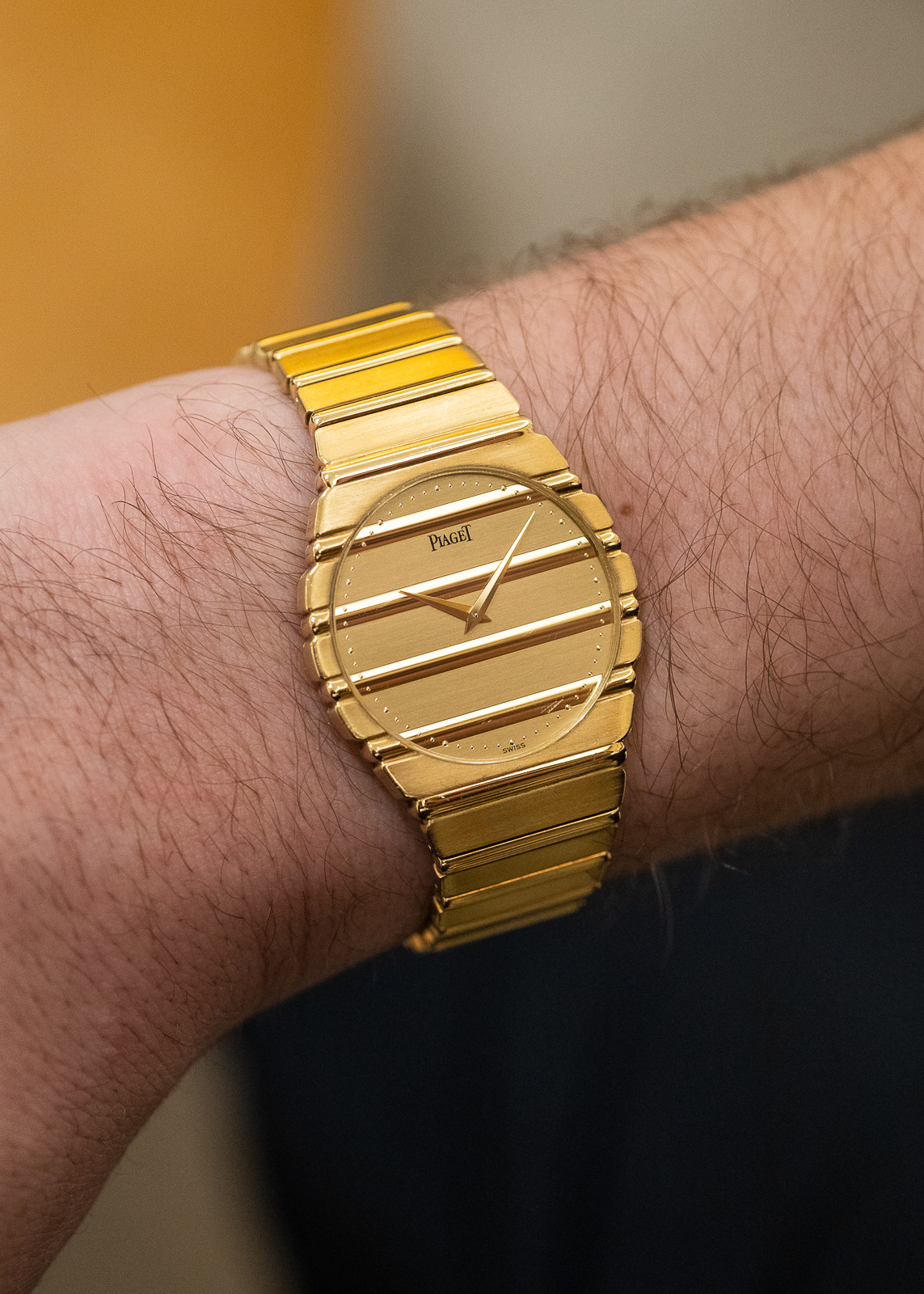
The Piaget Polo was one such watch, with a seamlessly integrated case and bracelet design that was immediately eye-catching, thanks to its alternating use of gadroons and finely brushed surfaces. It was unlike anything the watch world had seen before and earned its name from the horseback sport of kings, which was not only one of Yves G. Piaget’s favourite pastimes but shared the same precise, robust and athletic traits as the Piaget Polo.
Over the next couple of decades, the Polo was executed in countless different variations that played with the overall shape of the watch, as well as the materials it was produced in. In quintessential ‘80s style, two-tone steel and gold Polo watches were popular, as were other references that variously made good use of diamonds, mother of pearl, Lapis Lazuli and Tiger’s Eye stone.
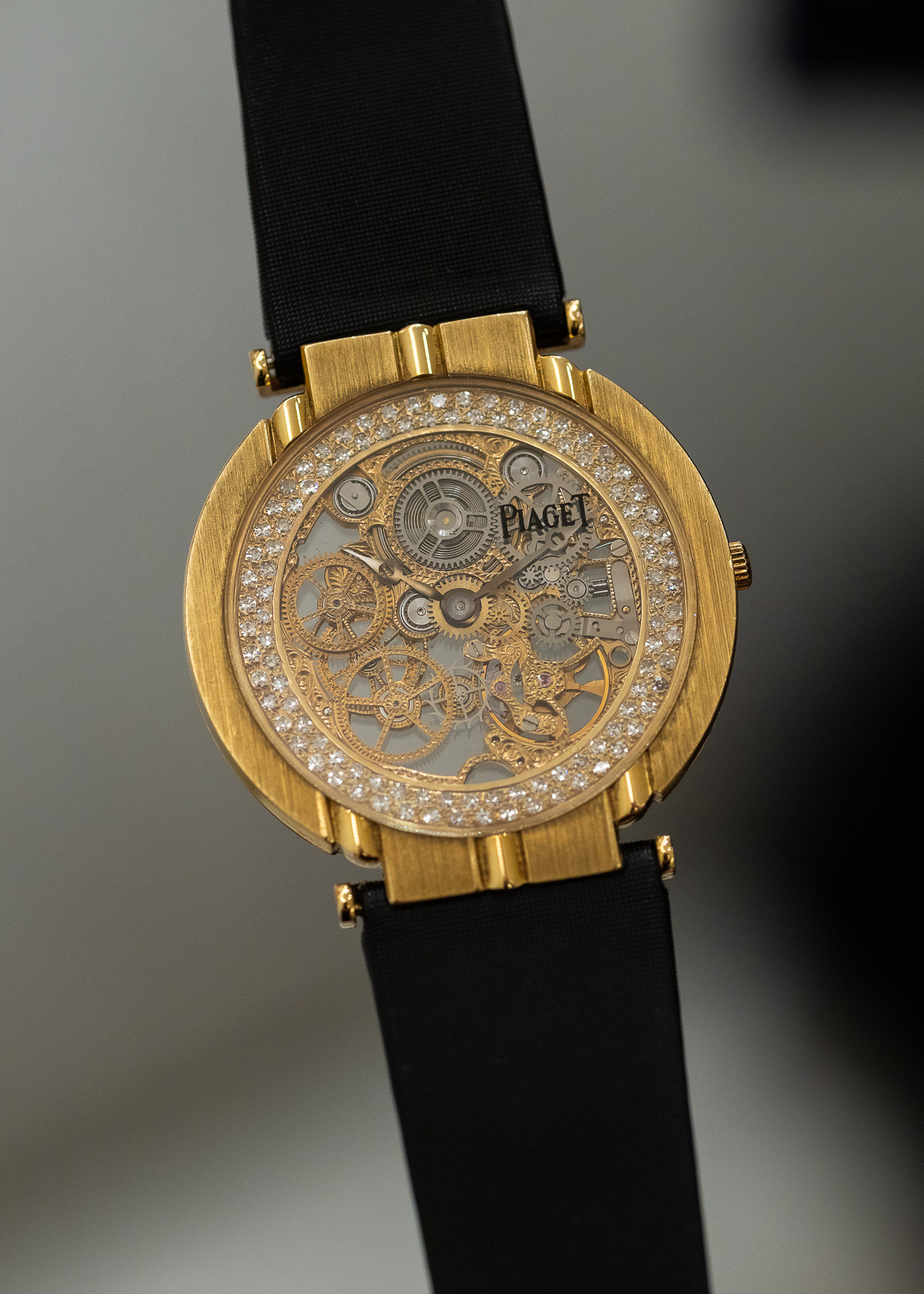
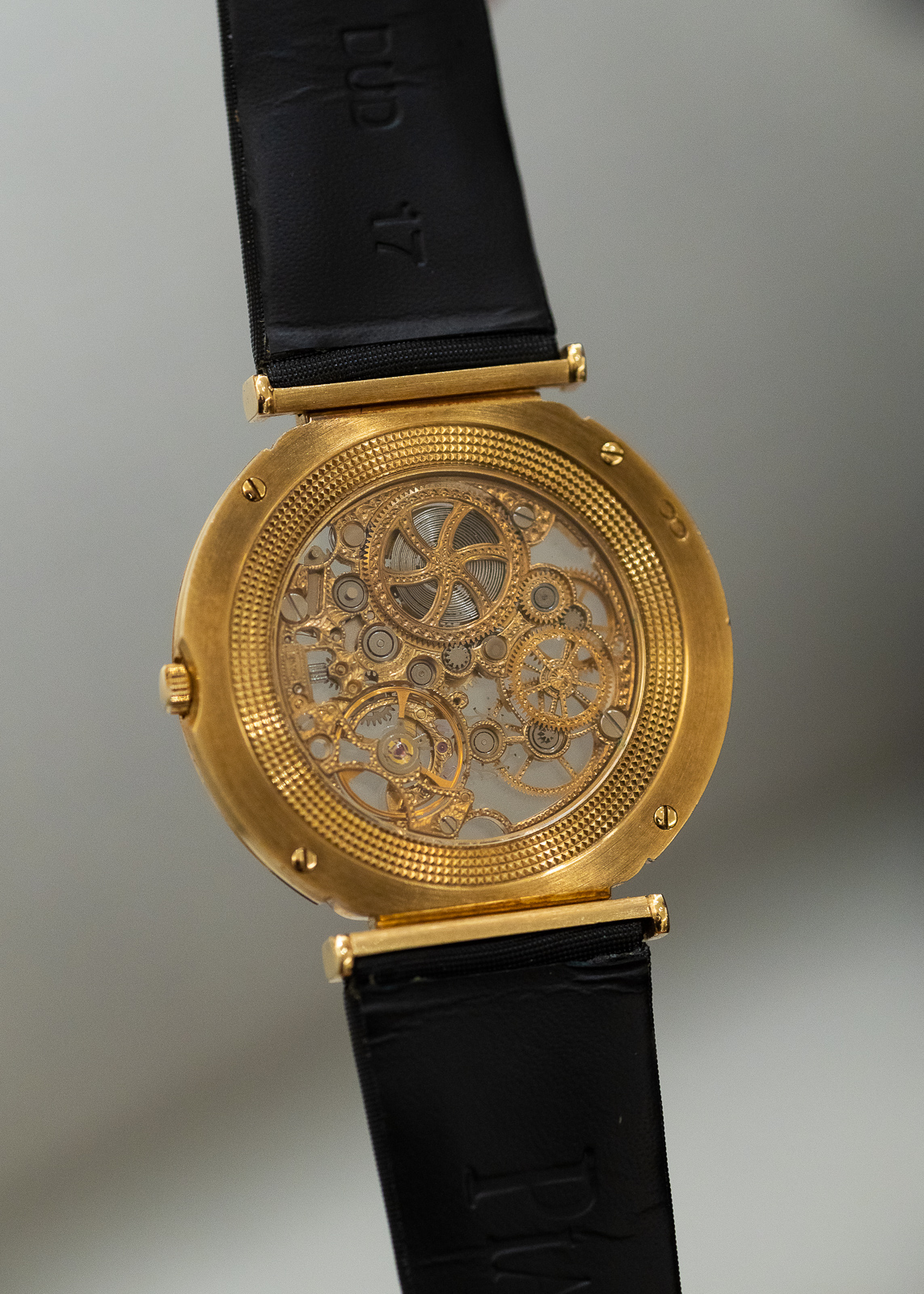
“The entire Polo philosophy can be summed up in one sentence: it’s a watch bracelet rather than a mere wristwatch.”
Yves G.Piaget
The Polo was also enthusiastically embraced by A-list celebrities during the ‘80s and ‘90s, thanks to an appreciation for casual opulence and an unwavering appetite for yellow gold. High-profile owners of the Piaget Polo included the likes of Andy Warhol, Miles Davis and Brooke Shields, while the watch also made a silver screen appearance on the wrist of Robert De Niro during his portrayal of Sam ‘Ace’ Rothstein in the crime classic Casino.
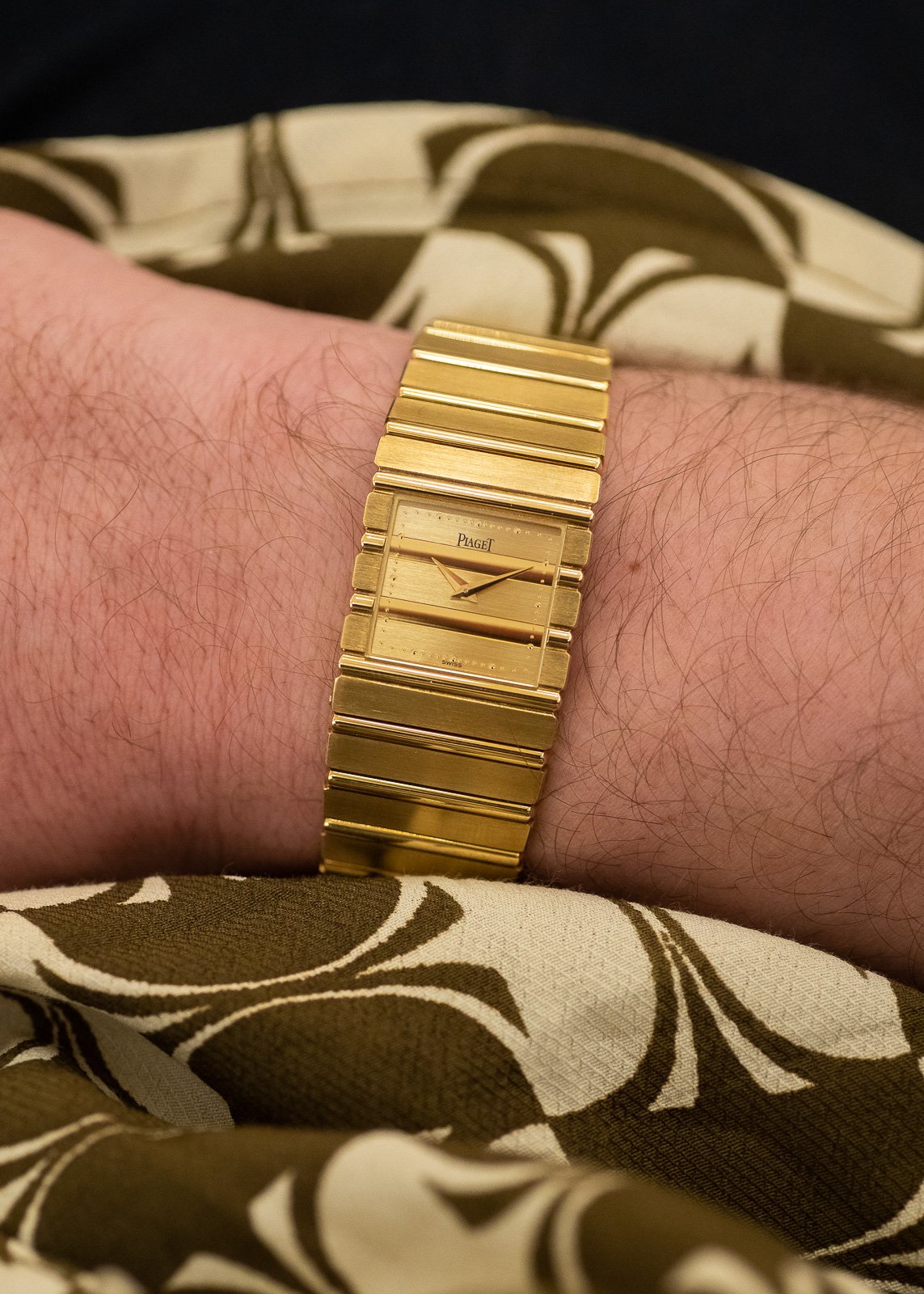
It was in 1985 that the Piaget Polo was first properly shared with a wider audience after Piaget himself shut down Manhattan’s Fifth Avenue to ride a team of polo horses down the iconic street. By this point, Piaget had already sponsored a number of events at the Palm Beach Polo Club, but the event in the heart of New York City attracted a fresh audience for the brand.
A New Millennium
While the Polo saw several design tweaks and updates over the years, it wasn’t until the occasion of the 30th anniversary of the Polo in 2009 that Piaget delivered a radical shift in the design of the sports watch. In line with the vogue of the time, where oversized timepieces were extremely popular and interesting materials were enthusiastically embraced, the Piaget Polo FortyFive was born.
Unusually for a watchmaker like Piaget, who enjoys decades of history working with precious metals at the highest level of craftsmanship, the Piaget Polo FortyFive featured a substantial 45mm titanium case (a timepiece that received multiple GPHG nominations), with elements of its bracelet made in rubber. It retained the same horizontal gadroons and brushed finish applied to the case surfaces, but it was a radical evolution of Piaget’s original 1979 design.
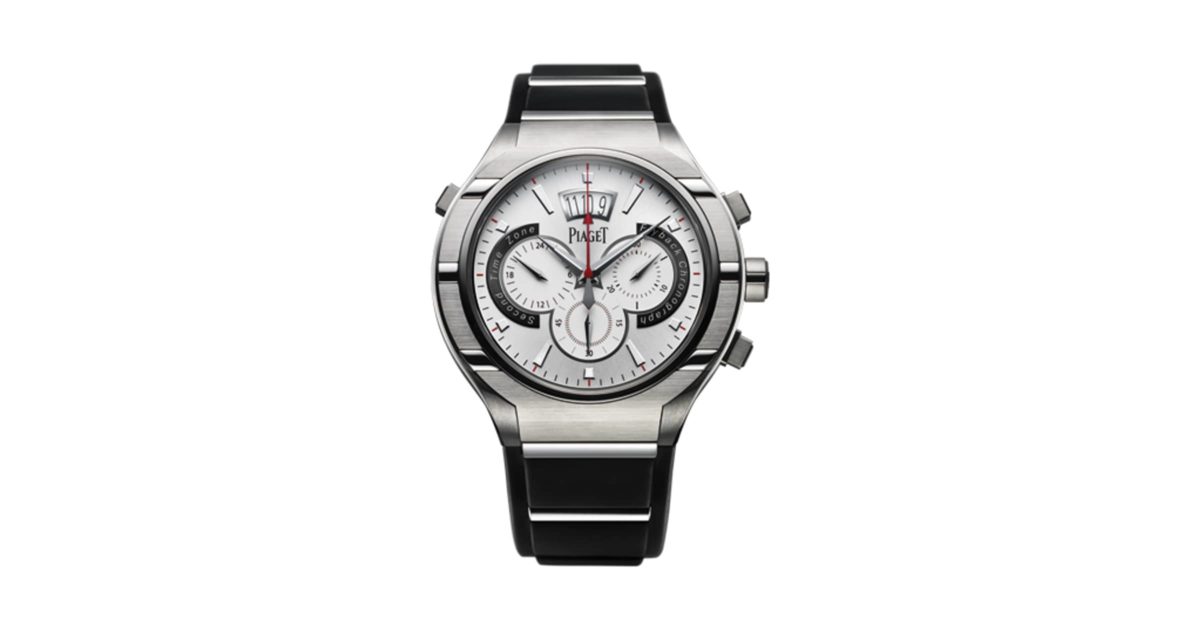
Following the initial release of the Polo FortyFive, Piaget expanded on the original references to include a number of different complicated models such as chronographs, perpetual calendars, and tourbillons. This era also saw the launch of the first in-house chronograph from Piaget in the ultra-thin automatic calibre 880P, which was just 5.6mm thick with 50 hours of power reserve and made its debut in a Polo chronograph reference.
A Contemporary Classic
In 2016 Piaget returned to New York for the launch of the Polo S, as a new generation of the chic sports watches made available in stainless steel for the first time. The new material wasn’t the only update to the Polo S, with an updated design that stripped away the avant-garde cues of the Polo FortyFive in a return to the elegant simplicity present in the Polo today.
“I wanted to show that our watches and jewellery are real works of art, and that the people who make them are real artists.”
Yves G.Piaget
The design has been described as a “shape-within-shape” by Piaget, thanks to the cushion case and dial appearance that combines with a horizontally brushed steel bezel to match the dial pattern while calling back the gadroons of the original Polo from 1979. The launch of the time-only Polo S also saw the debut of the Polo S Chronograph, both of which were created with a choice of blue, white or grey dial colours.
Piaget has continued to refine the design that was launched with the Polo S, with each iteration further emphasising the original spirit of the Polo watch rooted in a consciously elevated lifestyle. It’s an idea that doesn’t rely on ostentatious displays of wealth, instead allowing a much more self-assured expression of personality and taste.
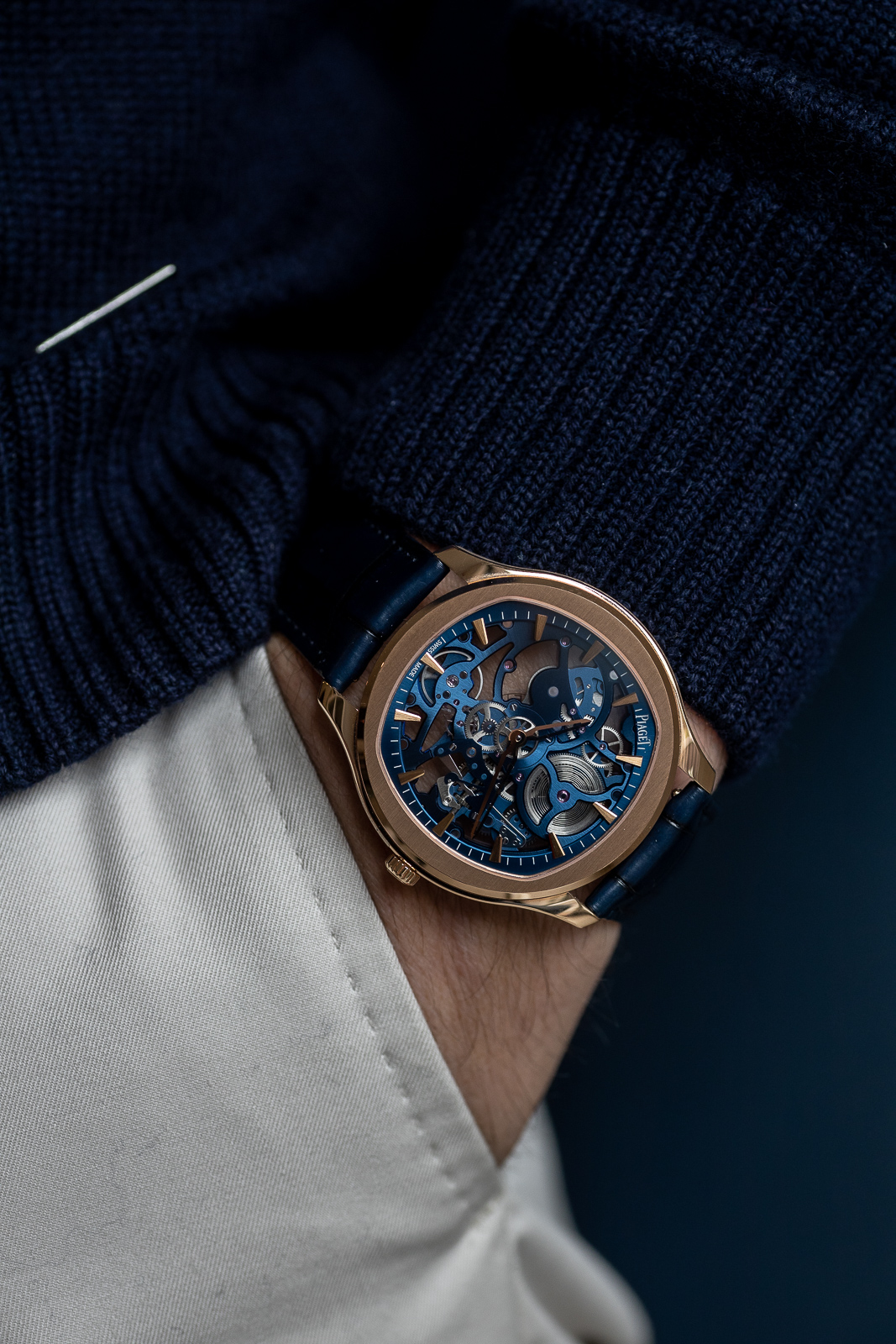
Today, the Piaget Polo collection offers an impressive breadth of timepieces, with extremely complicated minute repeaters and flying tourbillons, as well as diamond gem-set pieces containing dozens of carats of high-quality stones. The collection also has an impressive range of more everyday references, with the steel-on-rubber Piaget Polo Date setting a new benchmark for casual chic with more than a bit of sporty flair, alongside the freshly released Piaget Polo Skeleton and Date with eye-catching green dials.
The La Côte-aux-Fées-founded watchmaker remains one of Switzerland’s more exclusive manufacturers, producing around 23,000 timepieces per year. As a fraction of the output of many other high-end Swiss watchmakers, the Piaget Polo is a rare quantity in the watch collecting landscape, just as Yves G.Piaget always intended.
This article is sponsored by Piaget. Thank you for supporting the brands that support Boss Hunting.
